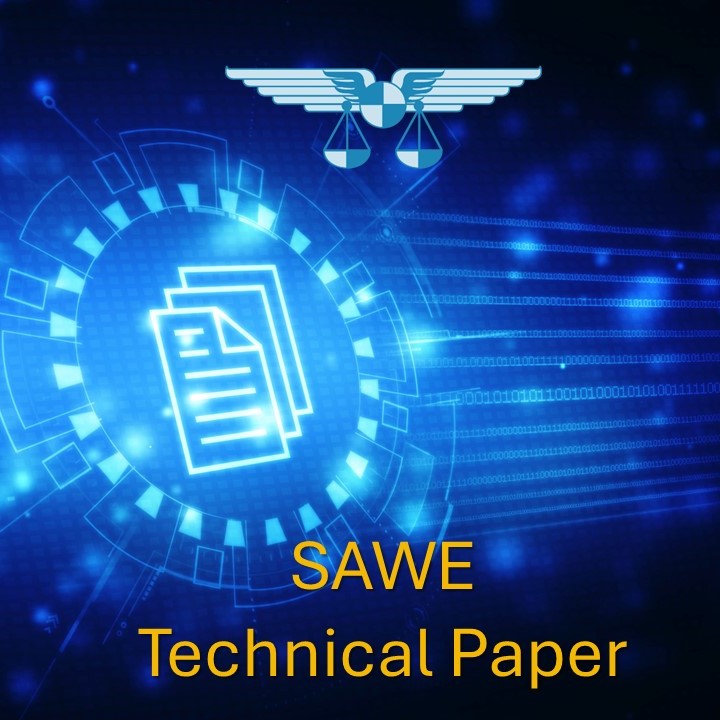
3830. A Mallard-Based Flapping Wing Aerial System
$20.00
SAWE Members get a $200 store credit each year.*
*Store credit coupon available at checkout, click the button in your shopping cart to apply the coupon.
Not applicable to SAWE textbooks and current conference technical papers.
Paper
Abstract
Unmanned vehicles (UVs), commonly known as drones, have experienced rapid technological advancements in recent years, revolutionizing a wide range of industries from logistics to agriculture. In the context of ecological and environmental sciences, drones have emerged as a powerful tool for wildlife monitoring, enabling researchers to collect high-resolution data with minimal disruption to animal behavior and natural habitats. However, conventional drones—characterized by their rigid structures, propeller noise, and artificial appearance—can inadvertently introduce stress or behavioral changes in wildlife due to their intrusive presence.
In response to these limitations, the field has seen a growing interest in biomimicry, the engineering approach that draws inspiration from biological forms and behaviors. This method has proven particularly promising in the design of bioinspired drones that more closely resemble natural wildlife in both appearance and movement. By mimicking the locomotion and visual profile of animals, such devices can better blend into ecosystems and minimize their ecological footprint.
Among these innovations are drones that leverage taxidermy—using the preserved bodies of animals as the basis for mechanical systems. This approach creates a highly realistic façade that enhances stealth and enables the devices to be perceived as part of the natural environment. The use of taxidermized birds, especially species like the Mallard duck, has demonstrated potential for both aquatic and aerial surveillance applications. Flapping-wing drones and swimming robotic birds combine the advantages of camouflage with functional mobility, allowing for the discreet collection of data in wetlands and other sensitive ecosystems.
These biomimetic devices offer a non-invasive alternative to traditional tracking methods, such as tagging or trapping, which can be harmful or stressful to wildlife. Additionally, the integration of modern sensors, microcontrollers, and remote operation capabilities into these platforms allows for real-time data acquisition and expanded deployment range, opening new avenues for ecological monitoring and conservation efforts.
As biomimetic drone development continues to evolve, it holds great promise for reshaping how we observe and study wildlife—providing tools that are not only technologically sophisticated but also harmoniously integrated into the environments they monitor.


